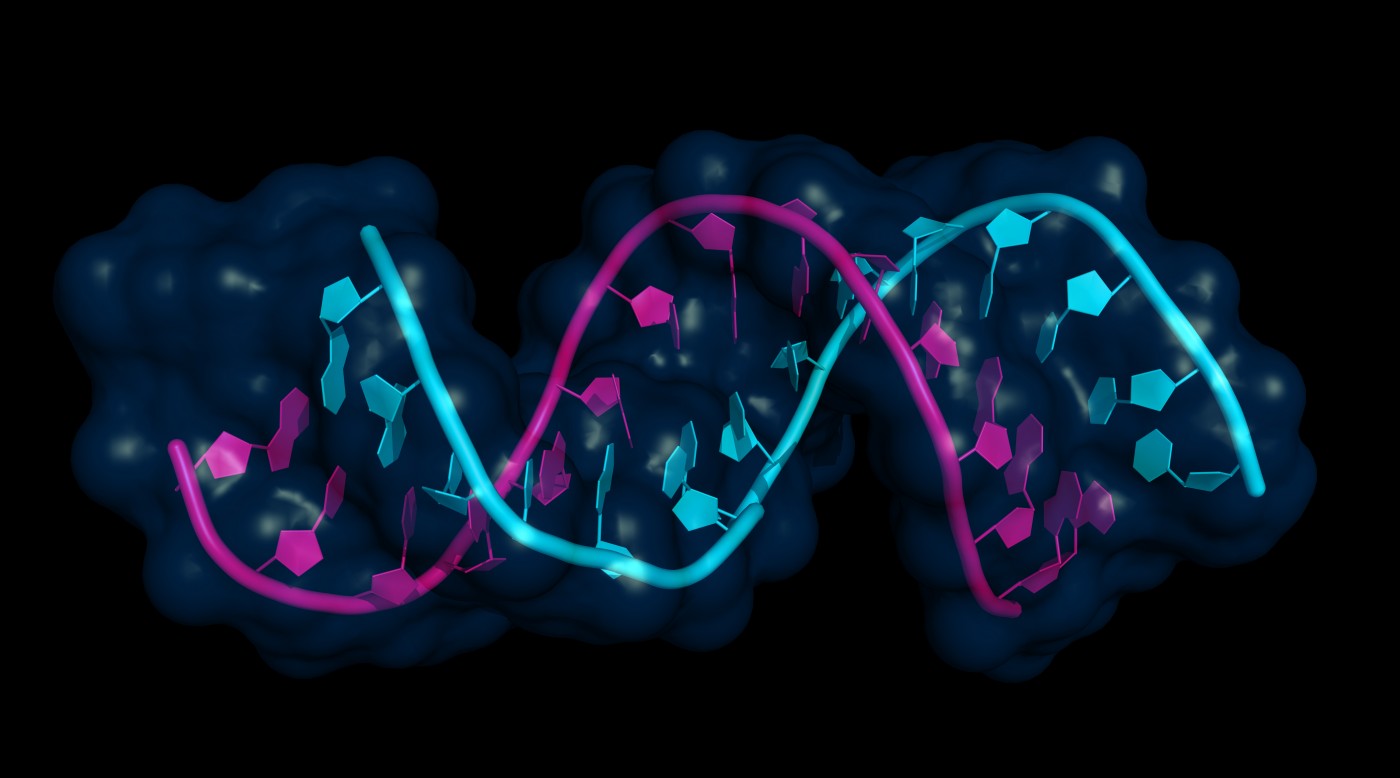New Insights Into Immune Cells’ Behavior in MS May Lead To New Therapeutic Approach

In a recent study entitled “MicroRNA expression profiling of human blood monocyte subsets highlights functional differences,” a team of researchers discovered a pool of 66 microRNAs that underlie differences in phenotype and function of a group of immune cells with key roles in multiple sclerosis. The study was published in the journal Immunology.
Within human blood, a panoply of immune cells play key roles in defending us from foreign pathogens and also from cells that go wrong, such as cancer cells. Monocytes are a class of white blood cells accounting for 5% to 10% of all immune cells, and are key players at destroying viruses and bacteria, but also at acting as intermediaries to alert other immune cells to potential threats. We have two subsets of monocytes, according to the differential expression of a surface molecule called CD16.
CD16 positive cells are a particularly important group of immune cells with high levels in multiple sclerosis but also in infectious diseases, such as HIV, and inflammatory conditions like sepsis. Notably, however, the mechanism underlying the two subsets of CD16 cells remains unknown, as Dr. Siew Cheng Wong of the Singapore Immunology Network at the Agency for Science, Technology and Research (A*STAR), and study lead author, noted in a press release: “Nobody really knows the function of these cells or the consequence of this cellular expansion during disease processes. Are these cells helping to control disease or does the expansion of these cells contribute to the pathogenesis?”
Researchers looked for differences in microRNAs expressions (small non-coding RNAs that can regulate gene expression differently, therefore leading to different outcomes) to try to understand whether microRNAs impact monocytes’ function. They discovered 66 microRNAs that are differentially expressed between CD16 positive and CD16 negative monocytes.
“Our data suggest these microRNAs could make a substantial contribution to regulating the functions of human blood monocytes,” Dr. Wong said.
The team performed further studies and discovered that part of these microRNAs regulated a wide range of cellular responses, including migration of cells to different parts of the body and programmed cell death. Others, such as miR-345, controlled transcription in monocytes.
These findings have prompted researchers to investigate how modulating these microRNAs’ activity, either by blocking or up-regulating them, changes monocytes’ profile and impacts the progression of diseases such as multiple sclerosis. Dr. Wong highlighted, “MicroRNAs have multiple targets and so might be more useful as a point of therapy than just targeting a single gene or protein. We would be hitting a master regulator of the cell.”






